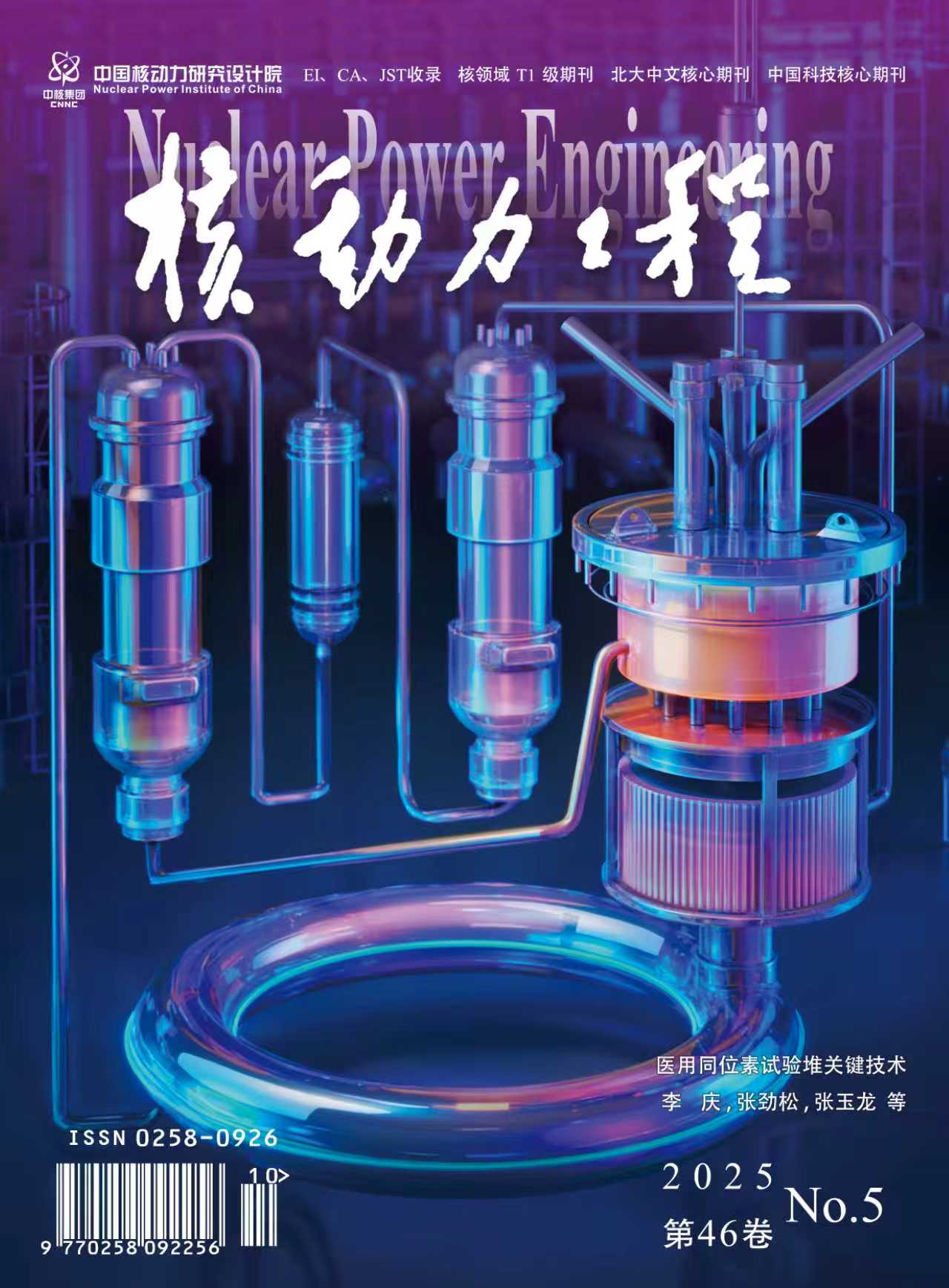Abstract:
In order to analyze the human errors of the emergency crews in nuclear power plants while dealing with severe accidents, this paper establishes a cognitive model of the emergency crew, identifies the corresponding performance influencing factors, finds thirteen human error modes, known as insufficient information source, poor information reliability, premature end of parameter acquisition, incorrect processing of important data, error in negative impact assessment of mitigation measures, selection of strategies unsuitable for the current situation, delayed decision-making, omission of important information / alarm, delayed detection, soft control operation error, information feedback failure, equipment installation, connection or operation error, and delayed implementation. Then the paper analyzes the root causes of human errors based on fault tree, including communication failure, time pressure, uncertainty of accident progress, information delayed reception, monitoring error, poor human-computer interface and environmental factors. The results can be used to predict the human errors in the process of severe accident mitigation, as well as helping the implementation of severe accident management and the technical improvement, thus providing guidance for improving the safety of nuclear power plants in severe accidents.



